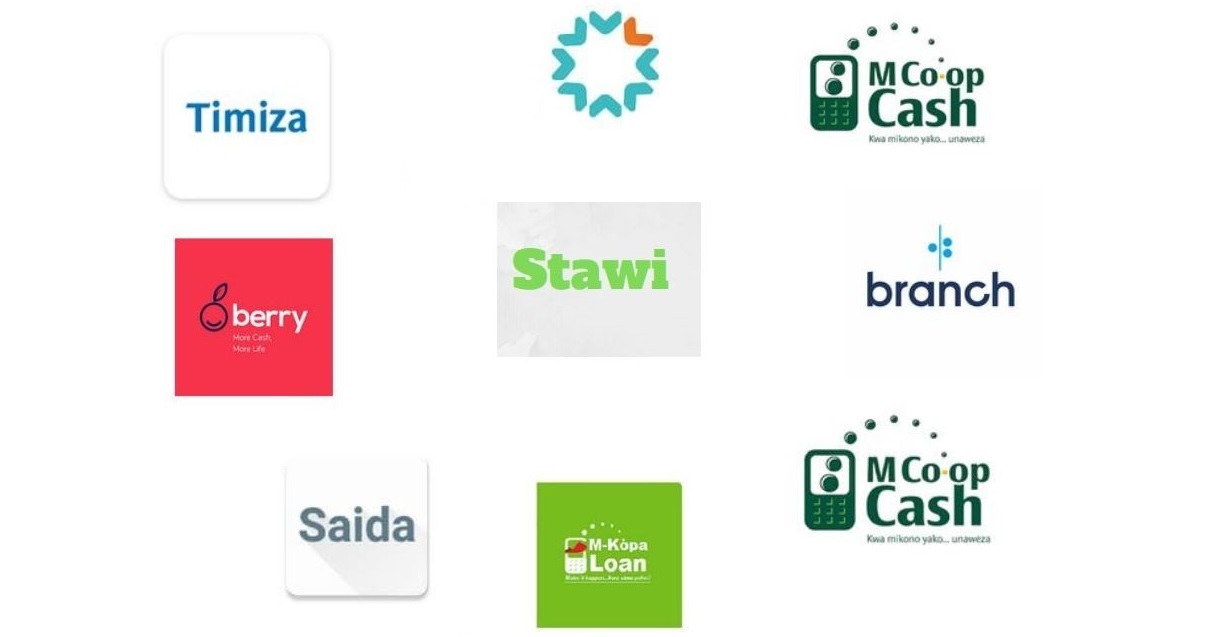Africa
Kenya Sees 5% Surge in Mobile Loans App Sign Ups

A surge in finance app installation and downloads for mobile loans rose by five per cent between January and September 2022, a new report shows, highlighting the growing prevalence of app-based borrowing use in the country.
The study by mobile marketing analytics platforms AppsFlyer and Google also shows that app installs Ads or commercial spending rose significantly during the period, before cooling off in the latter stages of the year, due to global economic challenges.
“In the first 4-5 months, the upward trajectory that followed the Covid-driven digital surges continued with non-organic installs rising 60 percent between January 2021 and May 2022,” reads the report in part.
“However, macro-economic conditions including the post-Covid digital cool down, the war in Ukraine, and the global economic downturn, in particular, saw the trend reversed, dropping 30 percent since May,” it adds.
App install advertisements spend money invested in campaigns to drive users to the app stores to download an app.
Often, mobile-based loan firms employ an arsenal of clever tricks in marketing to woo borrowers into downloading apps to access cheap loans at the convenience of their mobile phones – a money-spinning national love affair among Kenyan borrowers today.
Released on Monday, the report, which looks at how mobile apps are transforming finance in Africa analyzed more than 140 million installs, across 3,000 finance apps, and found that installs across the continent grew 25 percent.
It also revealed that Ghana, Nigeria, Kenya, and South Africa were the main contributors to this rise in finance app installs, predicting a further growth forecast this year on the continued use of smartphones.
“The tech sector in Africa has experienced tremendous growth over the last few years, but one industry that stands out is the financial sector – and with smartphone penetration increasing, mobile is crucial for success,” commented Otávio Tranchesi, Industry Lead Finance, AppsFlyer.
It follows recent industry reports which suggested that the popularity of digital loan services would continue to bridge the gap for Kenyans who don’t have formal bank accounts, or whose incomes are not stable enough to borrow from formal financial institutions.
Predictions by Kenyan tech firm, Ostatech Limited last December suggested that the country will continue to see a frenzy in the fintech funding space, which could propel the e-Commerce market, projected to register a yearly growth rate of 12 percent between 2021 and 2025.
“Connectivity is crucial for efficient, affordable, and safe business processes. In fact, 10 percent of all projects awarded between 2018 and 2020 focused on the digital transformation of the government, healthcare, and education sectors,” said Oscar Mwai – the Chief Executive of Ostatech.
Such predictions – if correct, could see the number of locally-based Fintech companies shoot significantly, and whose impact promises to help small enterprises scale and manage their daily cash flow.
Digital loans also help households cope with urgent financial needs like medical emergencies.
Kenya has an estimated 56 local-based Fintech companies whose successes are being fuelled by increasing smartphone ownership, declining internet costs, and expanded network coverage, as well as a young, fast-growing, and rapidly urbanising population.
Access to capital has been worsened by a slowdown in global venture capital investment, the Covid-19 pandemic, a rise in food and supply chain costs, and higher interest rates while currency depreciation also limiting the firms’ expansion ability.











